- Home
- fishing gear diagram
- PDF] Pelagic Longline Fishing Gear: A Brief History and Review of Research Efforts to Improve Selectivity
PDF] Pelagic Longline Fishing Gear: A Brief History and Review of Research Efforts to Improve Selectivity
4.9 (485) · $ 26.99 · In stock
Pelagic longline gear had several independent evolutions, but the most widespread form appears to have been originally developed by the Japanese as early as the mid-19th century. Technological developments such as polyamide monofilament line and modern fishing vessel construction have resulted in the evolution and expansion of this gear type as the primary worldwide method of commercially harvesting large pelagic fishes such as broadbill swordfish and tunas. Although the adaptability of the gear through changes in materials, lengths, and deployment strategies has resulted in generally high selectivity for many target species, the bycatch of protected species by pelagic longlines is considered a global problem in the conservation effort to sustain populations of sea turtles, sea birds, and some istiophorid billfishes (sailfishes; spearfishes; marlins). Recent research on the modification of pelagic longline fishing strategies uses this inherent adaptability of the gear to avoid or reduce the mortality of bycatch species. This is an alternative to the traditional management strategy of closed areas, which fishermen view as less effective and generally more restrictive (limiting) with respect to target catches. This work with academic partners and commercial fishermen has resulted in the development of bycatch reduction strategies which include safe handling and release gear and protocols, use of circle hooks in place of traditional J-style hooks, restrictions on gangion and mainline lengths, and corrodible hooks. Brief History of Pelagic Longline Gear he most widespread form of pelagic longline gear appears to have been originally developed by the Japanese. Nakamura (1951) reported that local tradition in the Izu region of Japan claims the gear was originated by an individual named Fujii in the Kaei Era (18481853) and that similar gear was in use by the inhabitants of the Bôsô area (Chiba Prefecture) around the same general time period. However, Shapiro (1950) reported that the gear was imported from the Wakayama Prefecture almost 100 years earlier and developed further by the fishermen of Mera, a fishing village near the entrance of Tokyo Bay. The development of the Hawaii-based pelagic longline fishery began in 1917 when a Japanese fisherman named Imose began using this gear to fish the waters off the northwest Waianae coast of Oahu (June, 1950). Longline use was documented in the Mediterranean at the beginning of the twentieth century (Stiles, 2004). An early form of pelagic longline in the western North Atlantic Ocean was developed by New England fishermen to target bluefin tuna Thunnus thynnus on Stellwagen Bank in the mid-1940s after combining keg-line swordfish harpoon gear and halibut line-trawl (bottom longline) gear (Wilson, 1960). A form of pelagic longline gear which used heavy braided synthetic line floated just under the surface of the water was also developed in Norway in the late 1960s for a short-lived fishery that targeted porbeagle shark Lamna nasus (Gibson, 1998). It is also worth noting that small vessels using a very similar gear were also fishing at night for swordfish off the coast of Cuba during this period (Sainsbury, 1996). It is likely that there were other developments of this gear type in local fisheries throughout the Atlantic, Pacific, and Indian Oceans and Mediterranean Sea. Improvements in fishing vessels, including the introduction of the internal combustion engine in the early 1900s, resulted in an expansion of the fishing grounds, enabling the Japanese to fish the Nojimasaki fishing grounds for albacore in the central Pacific by the early years of the Shôwa Era (circa 1926). The Japanese fleet had an operating radius of approximately 2000 miles eastward to the longitude of Midway Island (approximately 180° E) prior to World War II, although the vast majority of those vessels landed at their homeports in mainland Japan (Shapiro, 1950). Global expansion of longline fisheries began in the 1950s and 1960s, spreading throughout the Atlantic (North and South) and Mediterranean. This expansion was largely driven initially by the Japanese tuna market and supported by improved freezing technology and international transportation. Subsequently, liberalized trade regulations and emerging markets for swordfish and other species (e.g., shark fins for China) encouraged additional fleet expansion. Multi-filament nylon mainlines still dominate the international fishery, but the development of single-strand monofilament line in the late 1970s and the combination of baited hooks with chemical light sticks resulted in the expansion of the pelagic longlines as the primary worldwide method of commercially harvesting large pelagic fishes. The majority of longline fishing effort occurs in the Pacific Ocean, while the remaining effort is in the Atlantic and the Indian Ocean (Lewison et al.

A global, historical database of tuna, billfish, and saury larval

Movements of electronically tagged shortfin mako sharks (Isurus

Fishery catch is affected by geographic expansion, fishing down

Microplastics in fisheries and aquaculture - Overton

PDF) Pelagic Longline Fishing Gear: A Brief History and Review of Research Efforts to Improve Selectivity
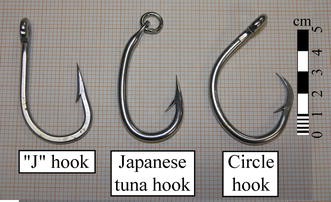
An overview of historical changes in the fishing gear and
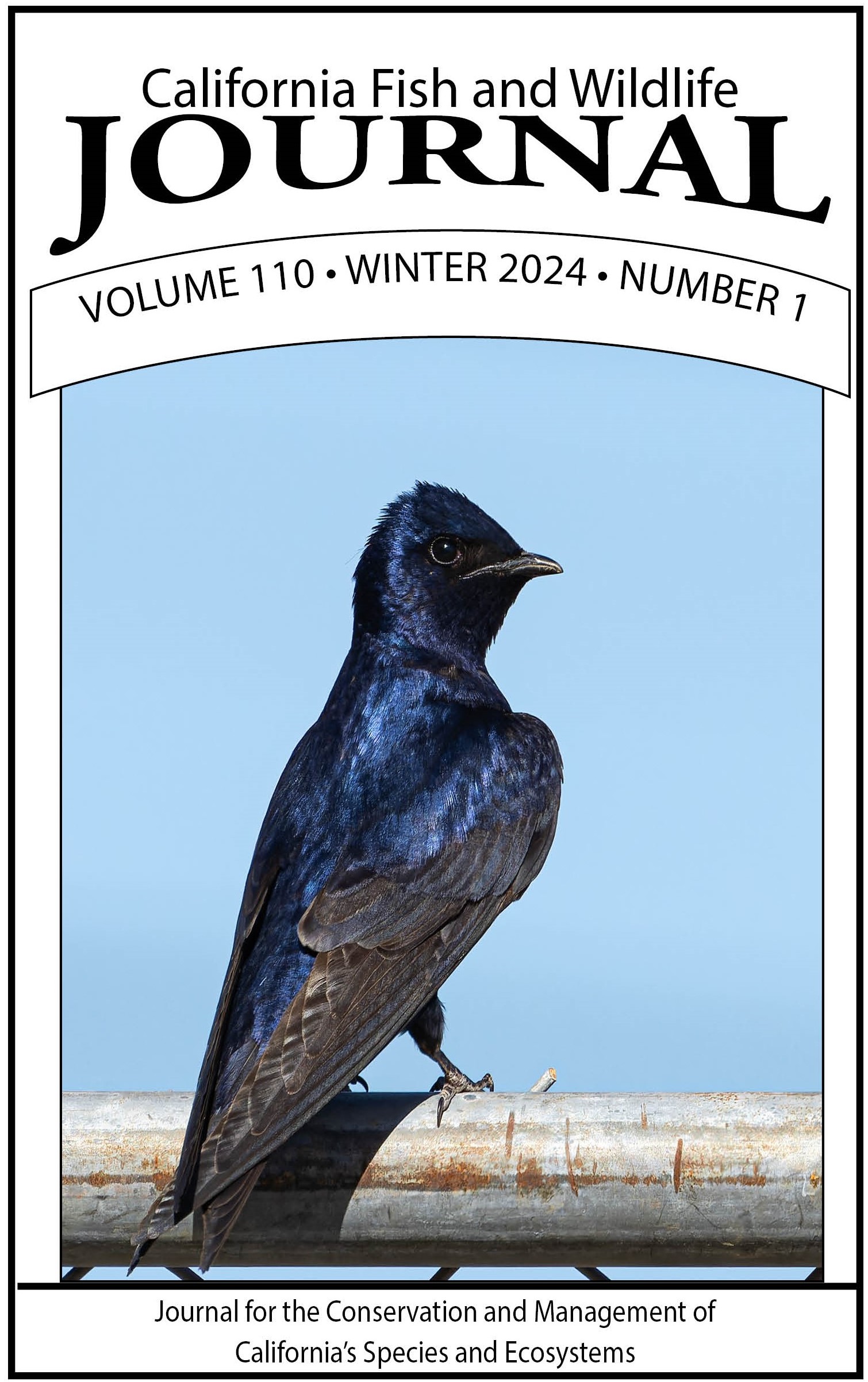
California Fish and Wildlife Journal - Contents

DRAFT] Amendment 3 to the PR, STX & STT/STJ FMPs: Management
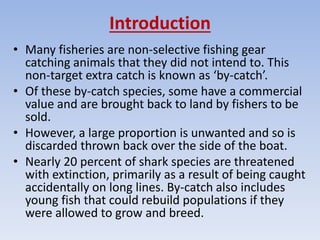
Bycatch
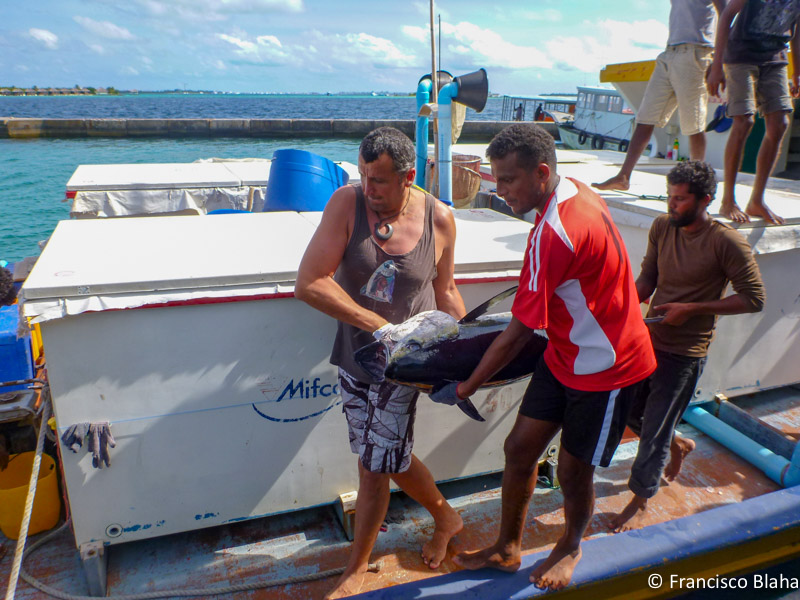
Blog — Francisco Blaha

Fishes, Free Full-Text

Horizontal longline fishing methods and techniques: a manual for
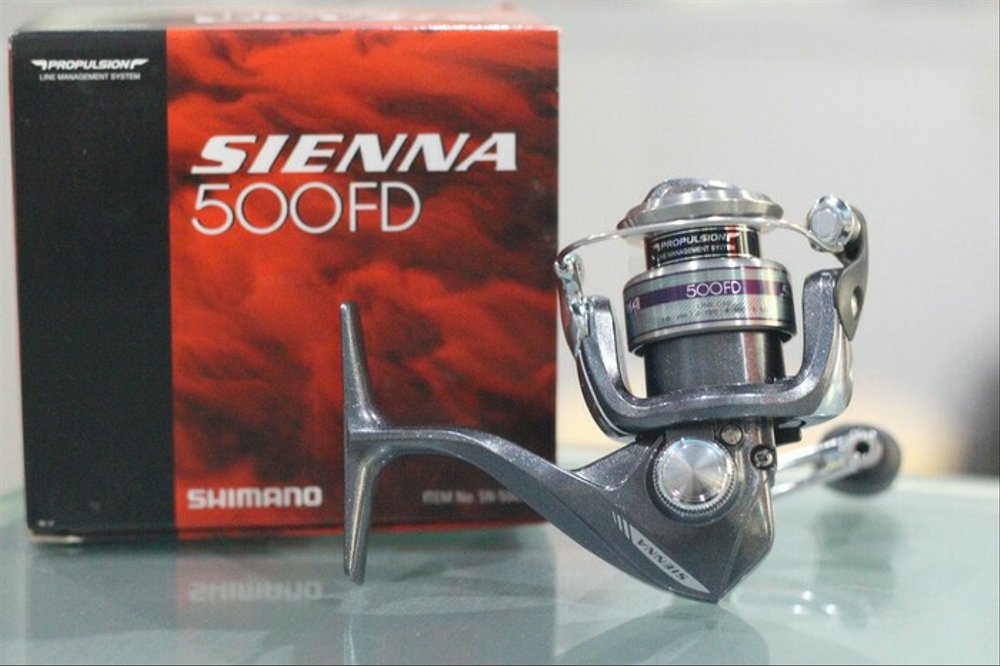
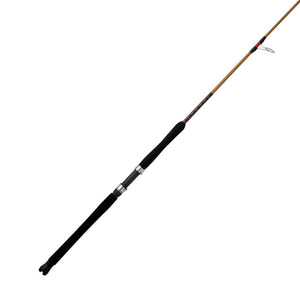

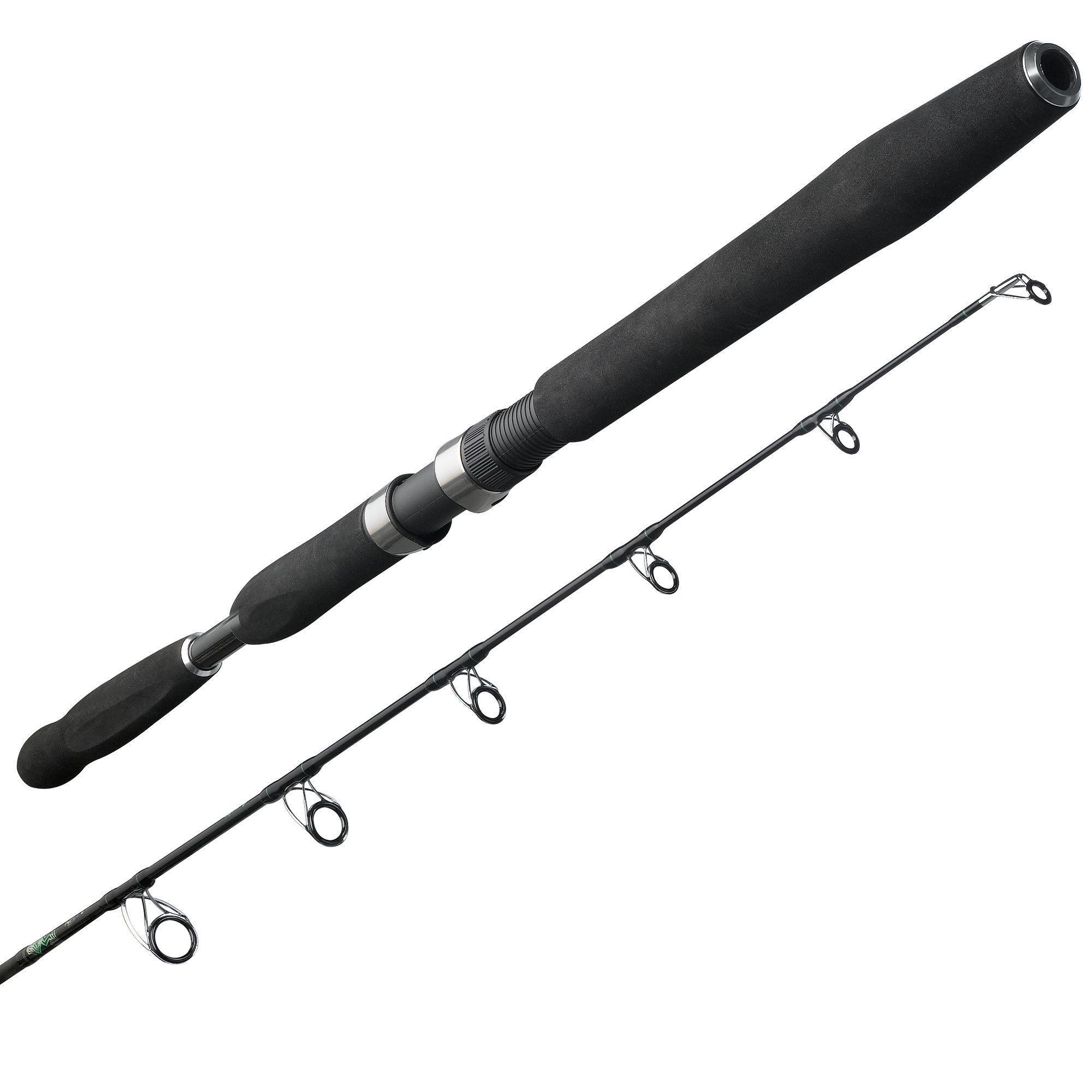




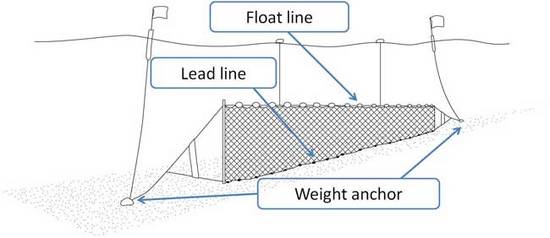
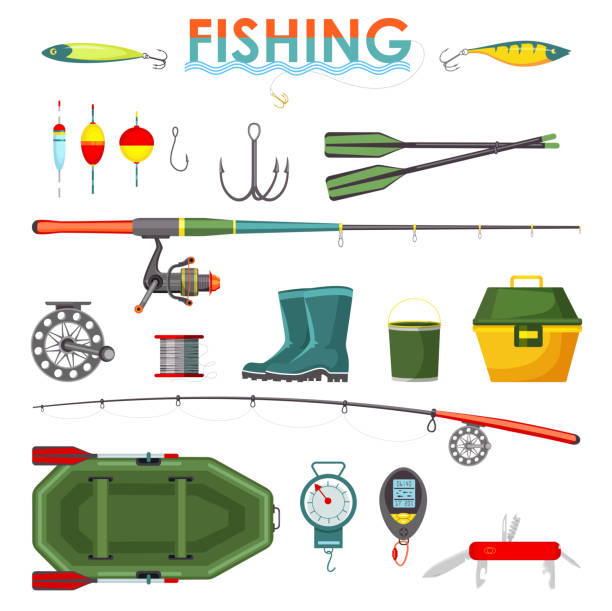

![PDF] Pelagic Longline Fishing Gear: A Brief History and Review of Research Efforts to Improve Selectivity](https://d3i71xaburhd42.cloudfront.net/b19ea71e47941a168183258bf2bf6770edd76e33/2-Figure1-1.png)